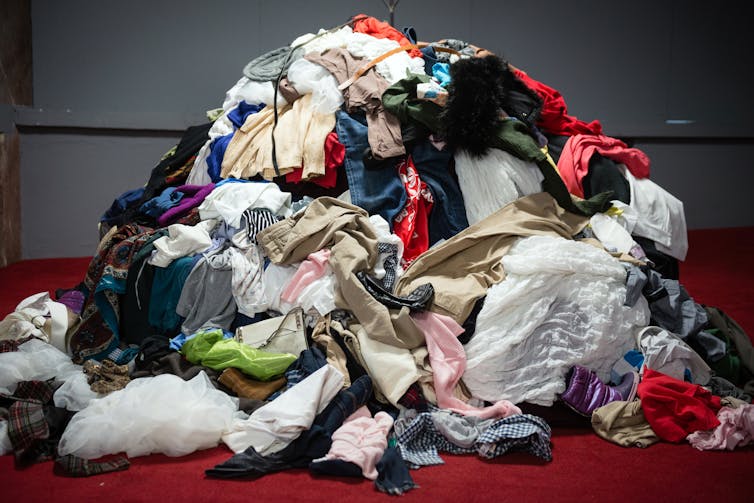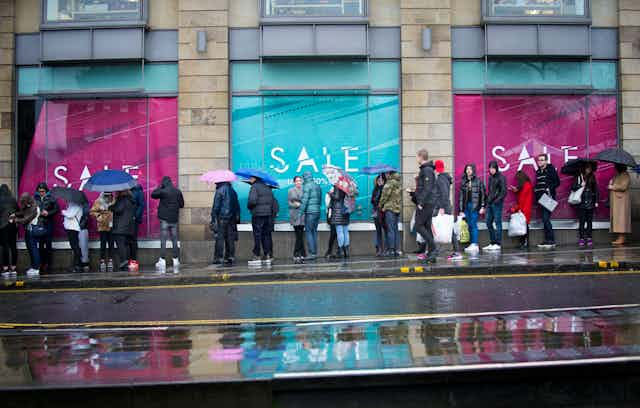Christmas has passed and New Year is just around the corner. And the sales continue. Things started six weeks before Christmas with Singles Day, which began in China and is now the world’s biggest shopping day. This was followed by Black Friday, Cyber Monday sale, the pre-Christmas sales and now the period of post-Christmas or New Year sales. Soon it will be time for Valentine’s Day sales, Easter sales and so on. The sale events don’t seem to pause but instead persevere throughout the year and in various forms.
For retailers, these sales are a great opportunity to liquidate unsold or off-season stock into cash, make room for new stock and cross-sell existing stock via impulse or unplanned buying. For consumers, sales provide one or more “legit reasons” for spending and gifting, either to oneself, others or a bit of both. Indulgent spending is expected and even encouraged when discounts or bargains are widely available to be snatched up.
Putting their benefits aside, sales also come with numerous costs. Emotionally, they may drive consumers to spend money they do not have and then feel regret or guilt afterwards. Financially, they may entrap shoppers into (more) financial debt because of the faux sense of “entitled” indulgence or spending when there is a sale on. Psychologically, it may exacerbate compulsive buying disorder, also known as “oniomania”, by legitimising gifting and spending.
All this adds up to some serious environmental costs. Marketing academics like me often assess how people act through certain “behavioural lenses”, and I think there are two that are applicable here:
Throwaway culture
The throwaway lens, particularly visible in fashion, suggests that the more we buy, the more we throw away. While the correlation is yet to established empirically, it is logical to think that sales promote more buying and in turn mean there is more to throw away.
Read more: Why you should stop buying new clothes
This proposition can be supported by the phenomenon of dwindling living space. In the UK, bedrooms are shrinking and on average living rooms in new build homes are a third smaller than in the 1970s. But despite this, people are still buying a lot more stuff than in the 1970s.

To make room for acquired sales items, people are likely to get rid of “pre-loved” items and harm the environment. For example, a UK parliament report in early 2019 found that in the country “around 300,000 tonnes of textile waste ends up in household black bins every year”, which is about 5kg per person. This is then sent to landfill or incinerators. The report notes that “less than 1%” of the material used to produce clothing is recycled. Our throwaway behaviour costs the planet.
Sales mean more products are returned
The product returns lens suggests a possible correlation between sales and the rate of product returns. Sales such as Black Friday have become digitally-oriented, with around three quarters of purchases being made online.
Read more: How to make your online shopping more environmentally friendly
Online returns can involve a number of environmentally damaging activities. Consumers sending items back, and couriers collecting and redistributing them, all means extra driving and thus traffic congestion and carbon emissions. Cleaning, repairing and/or repackaging returned items mean consuming more natural resources and potentially using more materials that contain fossil fuels or palm oils. Processing, transporting and landfill of single-use or non-recyclable packaging used in returns mean more land use and a greater carbon footprint.
All of these activities are usually “invisible” to us, the consumer, and yet can have dire consequences for the environment. For instance, Vogue Business reported that in the US returns alone produce around 2.27 million tonnes of landfill waste and 15 million tonnes of carbon emissions each year, “equivalent to the amount of trash generated by 5 million people in a year”.
I don’t want to undermine the commercial value of sales nor the consumption joy they can bring when done wisely. However I cannot help wondering whether these sales can strike a balance between commercial, consumption and green value.
As we increasingly witness and experience the impacts of climate change, we do need to be (more) wary of our consumerist behaviours and subsequent environmental costs. A little thought for the environment might be just the way to enrich the shopping joy, or mitigate the spending guilt, experienced in sales events? Let’s spend (more) positively to protect our planet.


